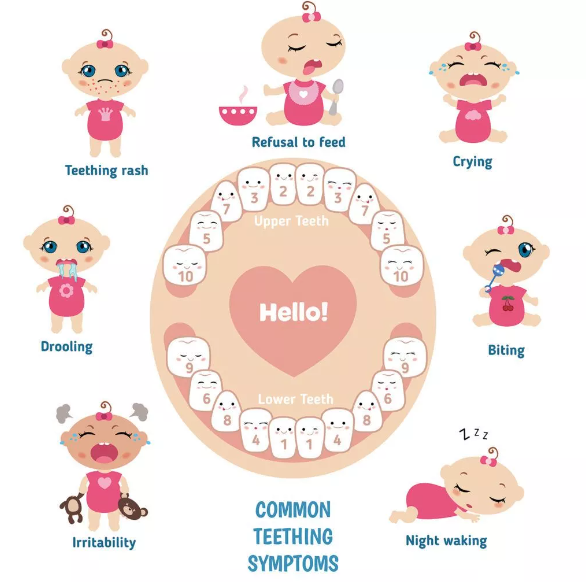
Managing a baby’s development is a crucial and rewarding task for parents. Here are the top 10 pieces of advice to support healthy development in infants:
- Responsive Care: Respond promptly to your baby’s needs, including feeding, diaper changes, and comfort. This helps build a secure attachment and promotes emotional well-being.
- Breastfeeding or Bottle-Feeding: Ensure proper feeding by following your baby’s cues for hunger and fullness. Breastfeeding provides essential nutrients, and bottle-feeding allows for bonding and flexibility.
- Tummy Time: Encourage supervised tummy time when your baby is awake and alert. This helps develop neck and upper body strength and reduces the risk of flat head syndrome.
- Sleep Schedule: Establish a consistent sleep routine to promote healthy sleep patterns. Babies need lots of sleep, and a consistent schedule can help them settle into a routine.
- Play and Exploration: Provide age-appropriate toys and opportunities for your baby to explore. Tummy time, reaching for objects, and sensory play all contribute to cognitive and motor development.
- Safety: Babyproof your home by securing cabinets, covering electrical outlets, and removing small objects that could be choking hazards. Use a car seat properly, and follow safety guidelines for cribs and other baby gear.
- Skin and Hygiene: Keep your baby clean and dry. Use mild, hypoallergenic products and check for diaper rash. Bathing your baby should be gentle and not too frequent, typically 2-3 times a week.
- Routine Health Check-ups: Regularly visit the pediatrician for wellness check-ups and vaccinations. Discuss any concerns or developmental milestones with your healthcare provider.
- Read and Talk: Begin reading to your baby early and talk to them throughout the day. This helps with language development and bonding.
- Self-Care: Take care of yourself. Parenting can be exhausting, and your well-being is essential for providing the best care to your baby. Get support from family, friends, or support groups when needed.
Remember that every baby is unique and may develop at their own pace. It’s crucial to observe and respond to your baby’s individual needs and provide a nurturing environment. Parenting is a journey, and providing love, care, and support will have a profound impact on your child’s development.









